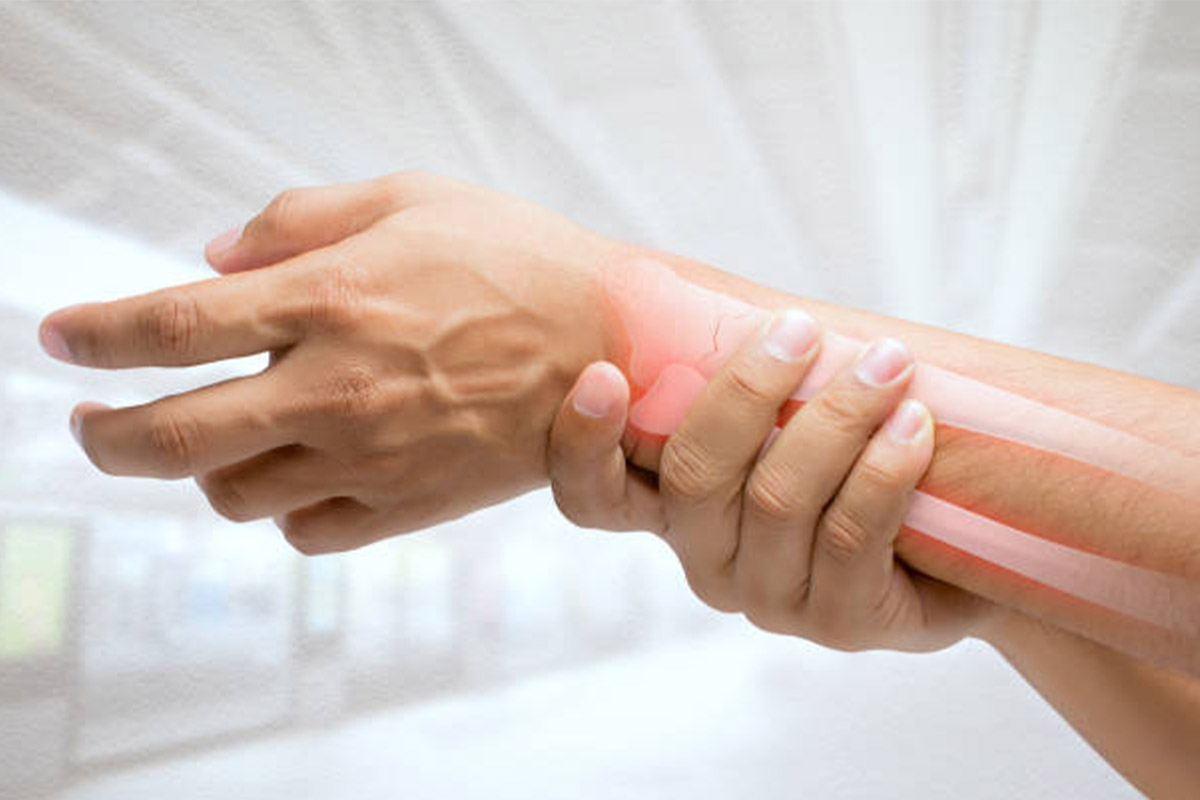
A fracture is a break in the bone that occurs when more force is applied to the bone than the bone can withstand. Fractures are also known as broken bones. Upper limb fractures are common than lower limb fractures.
What are the symptoms of a fracture?
- Pain or swelling in the injured limb
- Obvious deformity in the injured area
- Difficulty using or moving the injured area in a normal manner
- Warmth, bruising or redness in the injured area
Seek medical care right away if your child displays any of the symptoms of a fracture. If you can see the bone poking out through the skin, get to a hospital urgently.
What are the risks for fractures?
Fractures are commonly associated with sporting accidents, falls from heights, and bike and car accidents. Poor nutrition, a diet low in calcium, and obesity can all increase a child’s fracture risk.
How are a child’s bones different from adult bones?
Children’s bones grow throughout childhood. This growth potential allows children’s bones to “remodel,” or naturally correct some or all of the deformity caused by a fracture. Because children’s bones are growing, they also break in different patterns compared to adult bones.
Children’s bones are more flexible
Growing bones tend to buckle or bend before breaking, which often leads to unique fracture patterns. For instance, one side of a bone may bend, causing a greenstick (bending) fracture. Or one side of the bone can buckle and become dented, causing a buckle fracture.
Children have vulnerable growth plates
Children have soft areas of cartilage at the ends of their bones, called growth plates, where growth takes place. These areas of growth are often at risk when a child suffers a fracture. Growth plates can be injured at any stage of development, but are more common in early adolescence, when growth plates are in their final stage of growth.
Children’s bones heal faster
A thick layer of connective tissue (known as periosteum) surrounds a child’s bones and defends the bone against injury and fracture. This tissue provides blood supply to the bone. If the bone breaks, the body uses this supply of blood to replace damaged cells and heal the bone. As children grow into adulthood, their periosteum tends to thin out and provide less support. This is why adults’ bones heal more slowly than children’s bones.
Growth plate fractures
A thick layer of connective tissue (known as periosteum) surrounds a child’s bones and defends the bone against injury and fracture. This tissue provides blood supply to the bone. If the bone breaks, the body uses this supply of blood to replace damaged cells and heal the bone. As children grow into adulthood, their periosteum tends to thin out and provide less support. This is why adults’ bones heal more slowly than children’s bones.
How we care for fractures
Every year we treat hundereds of children, adolescents, and young adults with fractures of all complexities. Thanks to our paediatric expertise, we can precisely diagnose conditions related to the growing musculoskeletal system and give optimal care plans. Most fractures in children can be treated with plasters but some will require surgical reduction and fixation for better long term outcomes.
FAQ
Q: Can my child get a waterproof cast?
This is a good thing to ask about during your appointment. A waterproof cast might or might not be the right option for your child. If your child is eligible for a waterproof cast, they will need to wait at least one to two weeks before switching to a waterproof cast. This is because the tissues around a broken bone often swell at first.
Waterproof casts are ideal for baths, showers, and swimming pools. Your child should not wear their waterproof cast in the ocean, a hot tub, at the beach, or in a pond. Sand and debris can get inside the cast and irritate the skin. Waterproof casts must get completely submerged in water daily to keep the lining of the cast in good condition.
Q: What should I do if my child’s cast has gotten wet?
This is a good thing to ask about during your appointment. A waterproof cast might or might not be the right option for your child. If your child is eligible for a waterproof cast, they will need to wait at least one to two weeks before switching to a waterproof cast. This is because the tissues around a broken bone often swell at first.
Contact us immediately…..Unless your child has a waterproof cast, a wet cast can lead to complications and need immediate attention. Your child may need to be seen in the emergency department to have their cast changed.